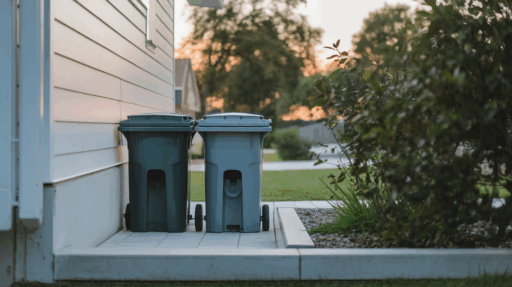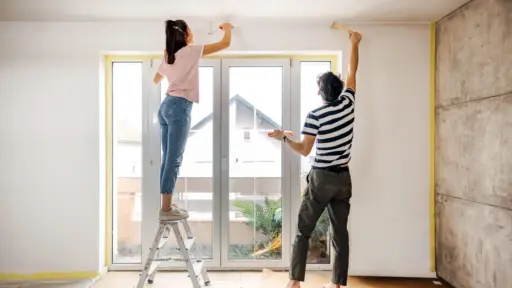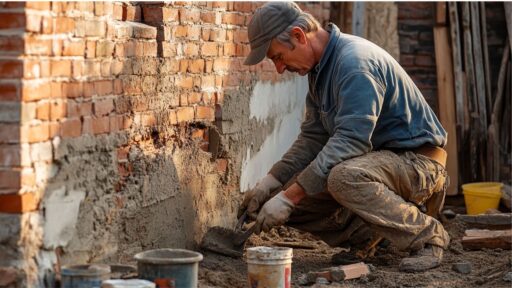I used to wonder what kind of container I should use for outdoor trash. Some bins broke too fast, and others let in rain or animals.
It was hard to know which one could actually handle the job. If you’re like me, you want something that works. You want to keep your yard clean without smells, spills, or mess.
In this post, I’ll explain what makes a trash container good for outdoor use. I’ll discuss size, strength, lids, and even how to keep pests out.
I’ve tested a few myself and learned what matters most. The goal is simple: find a container that lasts and keeps your trash under control.
You don’t need anything fancy, just something that does the job right. Let’s look at what to choose, what to skip, and how to make outdoor trash storage easy.
Why the Right Trash Container Matters
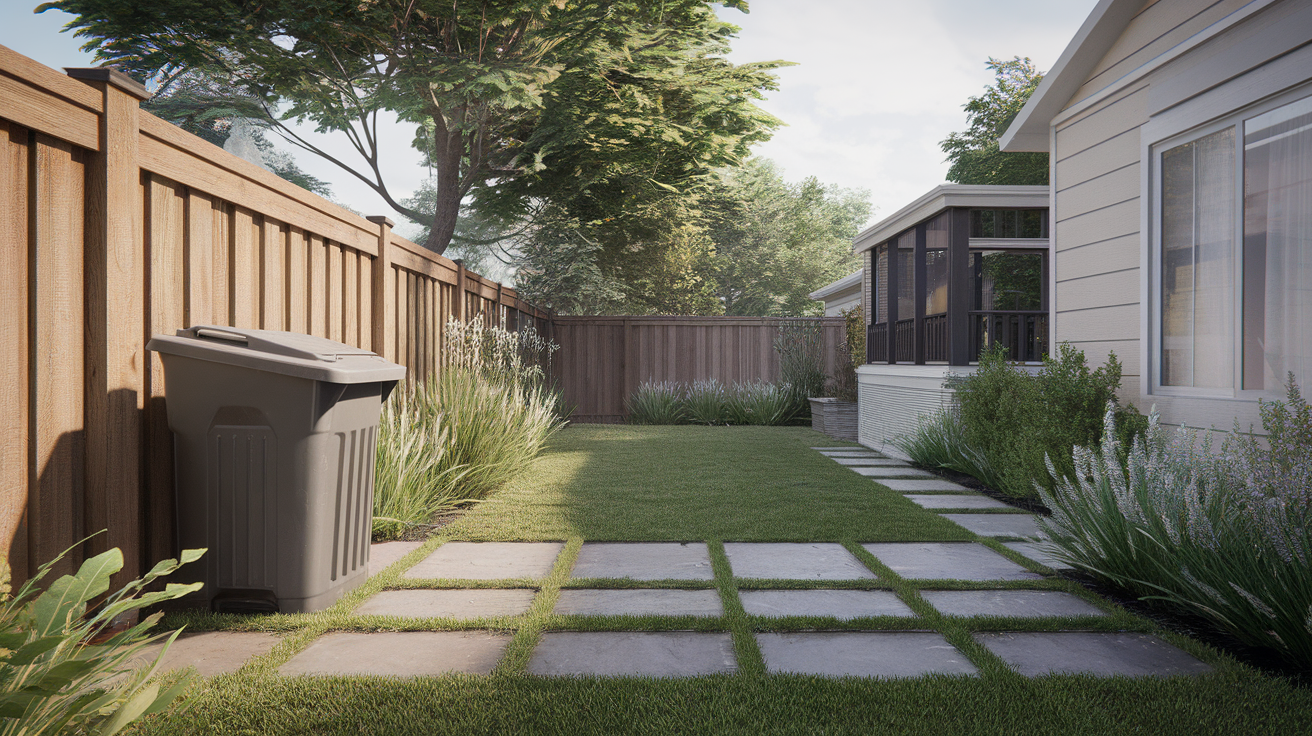
Keeping your trash outside may seem simple, but using the wrong container can lead to many problems.
Bad smells, wild animals, water damage, and even bugs can all show up fast. A good container helps you avoid mess, stress, and waste. It keeps your home clean and your outdoor space neat.
Some bins are too weak, while others are hard to use or fall over in the wind. If your container doesn’t seal well, it can leak or smell.
You need one that’s strong, safe, and easy to use. Let’s go over all the things that make a trash container good for outdoor storage.
What Makes a Container Good for Outdoor Trash?

I didn’t always think much about trash containers. I used to grab whatever bin I had and set it outside. But after a few bad smells, tipped-over cans, and a raccoon surprise, I realized the type of container really does matter.
1. Weather-Resistant Materials
Outdoor trash bins must handle sun, rain, wind, and snow. Look for containers made of:
- Heavy-duty plastic: Won’t rust, easy to clean.
- Metal (like galvanized steel): Strong and weather-resistant, but can rust if not coated.
- Resin or composite: Strong like plastic, but looks nicer and lasts long.
Avoid thin or low-quality plastic. It can crack in the cold or soften in heat.
2. Secure Lids
A lid is very important. It should:
- Fit tight: Keeps smells in and bugs out.
- Stay shut in the wind: Won’t blow open easily.
- Be easy to open: You shouldn’t struggle each time.
Flip-top lids, snap-lock lids, and screw-on lids are all good choices. Just make sure they seal well.
3. Size and Capacity
Choose a size that fits your needs. Think about:
- How much trash you have: Bigger families need bigger bins.
- Pick-up schedule: If your trash is picked up weekly, you may need a 60- to 96-gallon bin.
- Storage space: Don’t get something too big for your yard or deck.
Common sizes:
- Small (10–32 gallons): Great for small homes or extra waste.
- Medium (40–60 gallons): Good for most homes.
- Large (65–96 gallons): Best for families or shared homes.
4. Strong Handles and Wheels
If your bin is heavy or full, you’ll need good handles and wheels. Look for:
- Thick, sturdy handles: Easy to grip and lift.
- Wide wheels: Roll better over grass or gravel.
- Axle support: Stops wheels from bending under weight.
I’ve had a bin with thin wheels, and it tipped every time I moved it. It’s worth getting one with strong support. Now, when I shop for a new bin, I make sure it checks all these boxes. I want it to last, stay clean, and keep animals out.
Choosing the right container has made a big difference in how I manage trash outside. You don’t need anything fancy, just something that does the job right.
Types of Acceptable Outdoor Trash Containers
Choosing the right trash container for outside use can make life easier. It helps keep smells down, animals away, and your yard neat. Below, I’ve shared the most common types of outdoor trash containers.
1. Curbside Garbage Bins (Plastic Wheeled Bins)
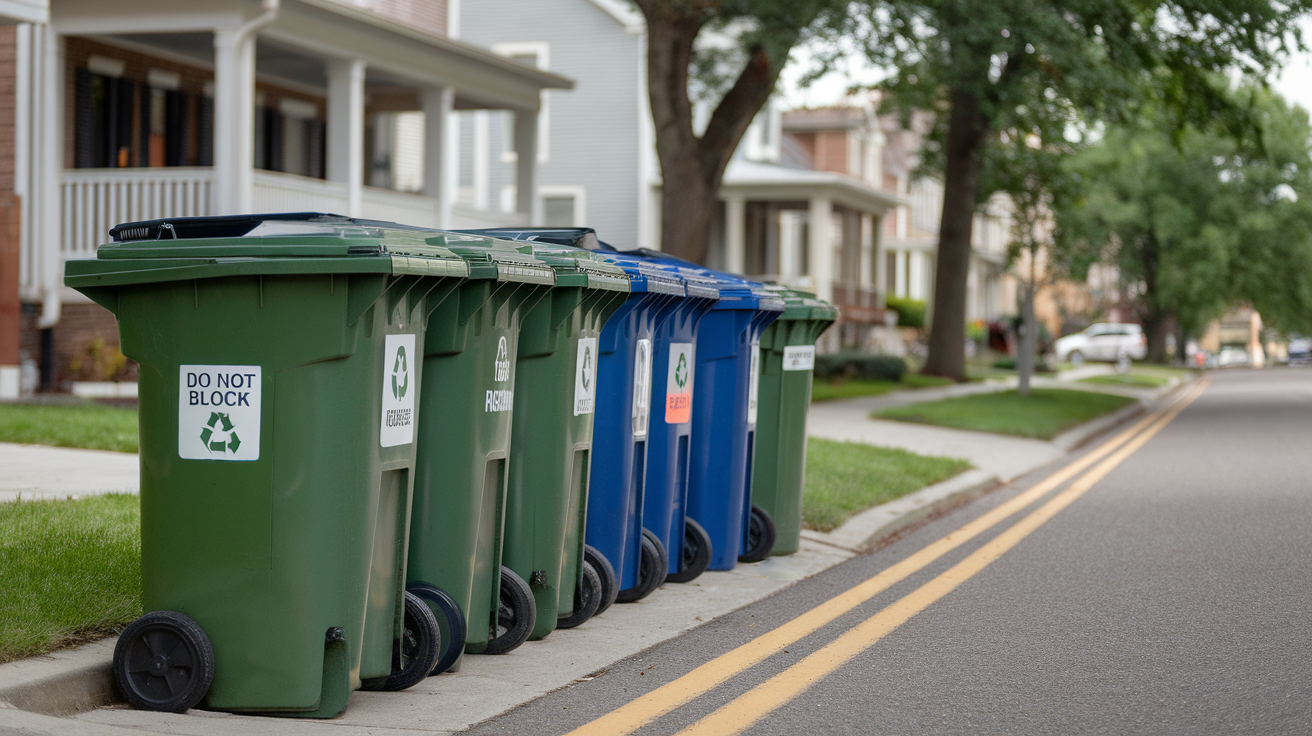
These are the large plastic bins most people use for weekly trash pickup. They often have two wheels and a flip-up lid.
Why They Work Well
- Made from HDPE plastic, which doesn’t crack easily and handles both hot and cold weather.
- The wheels make it easy to roll the bin to the curb, even when full.
- The lid stays attached, so you don’t have to chase it down in the wind.
- Many cities give these bins to homeowners or let you order them through waste companies.
What to Watch Out For
- If it’s very windy, an empty bin may tip over.
- Low-quality wheels may break or jam if you have rocky or uneven ground.
- Over time, the lid hinges can get weak, especially if you open and close them often.
Best For: Most homes with regular curbside pickup, especially in suburban or urban areas.
2. Metal Garbage Cans
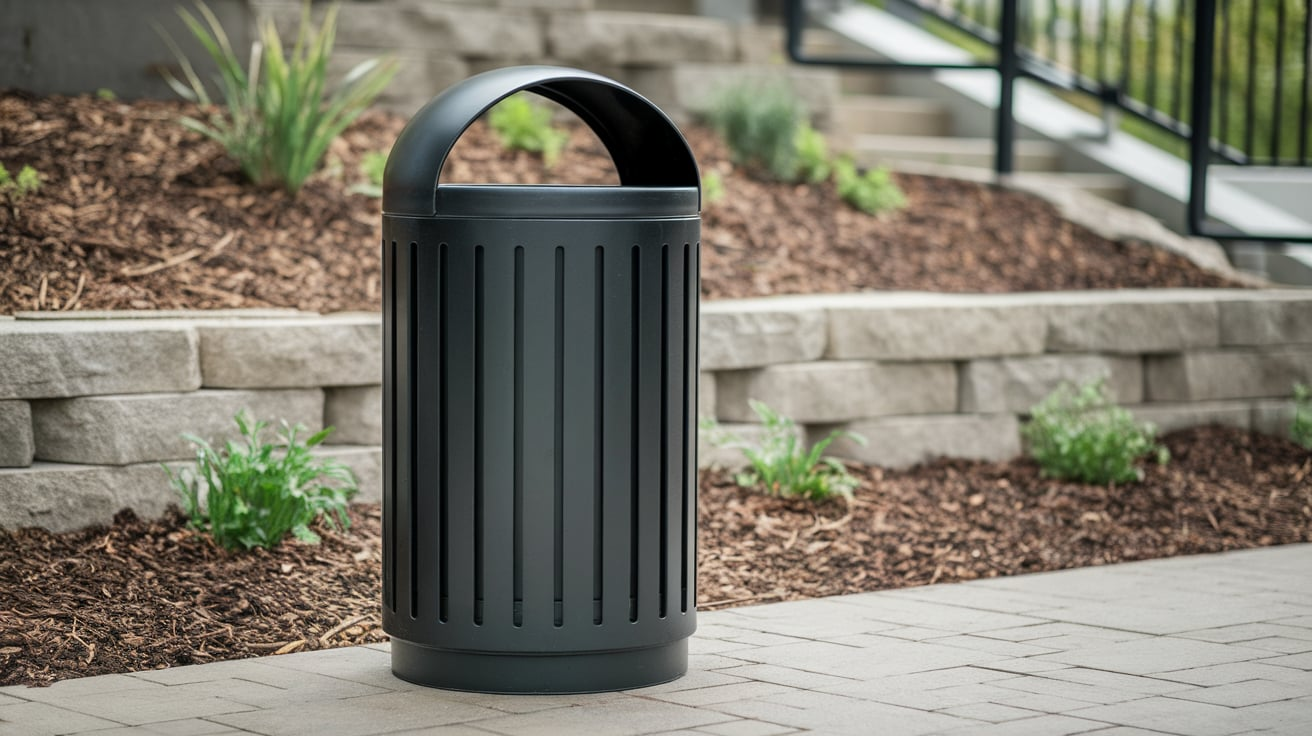
These are the old-school bins made from galvanized steel or aluminum. They’ve been around for decades because they’re tough.
Why They Work Well
- Very durable and won’t crack like plastic.
- Animals like raccoons and rats can’t chew or scratch through the metal.
- They’re often fire-resistant, which is a plus in dry or wildfire-prone areas.
What to Watch Out For
- Metal can rust over time, especially if scratched or left in the rain without a coating.
- They are heavier to move, especially when full.
- Loose-fitting lids can fall off or be pushed open by animals unless secured.
Best For: Rural or wooded areas where animals are a problem, or places with strong winds.
3. Resin or Composite Storage Bins

These are plastic bins designed to look nice. Some have wood-like textures and come in neutral colors that blend into decks or patios.
Why They Work Well
- Stylish design makes them a great pick if your bin is in plain view.
- Many come with locks or latches to keep kids or animals out.
- They often hold multiple full-size garbage bags inside, so you don’t need to take trash out every day.
What to Watch Out For
- Not always accepted for curbside collection, you may still need to move bags into a city bin.
- Heavier and more costly than standard bins.
- The inside can still get messy without proper liners or bags.
Best For: Front porches, patios, or areas where you want trash stored neatly and out of sight.
4. Trash Can Storage Boxes or Enclosures
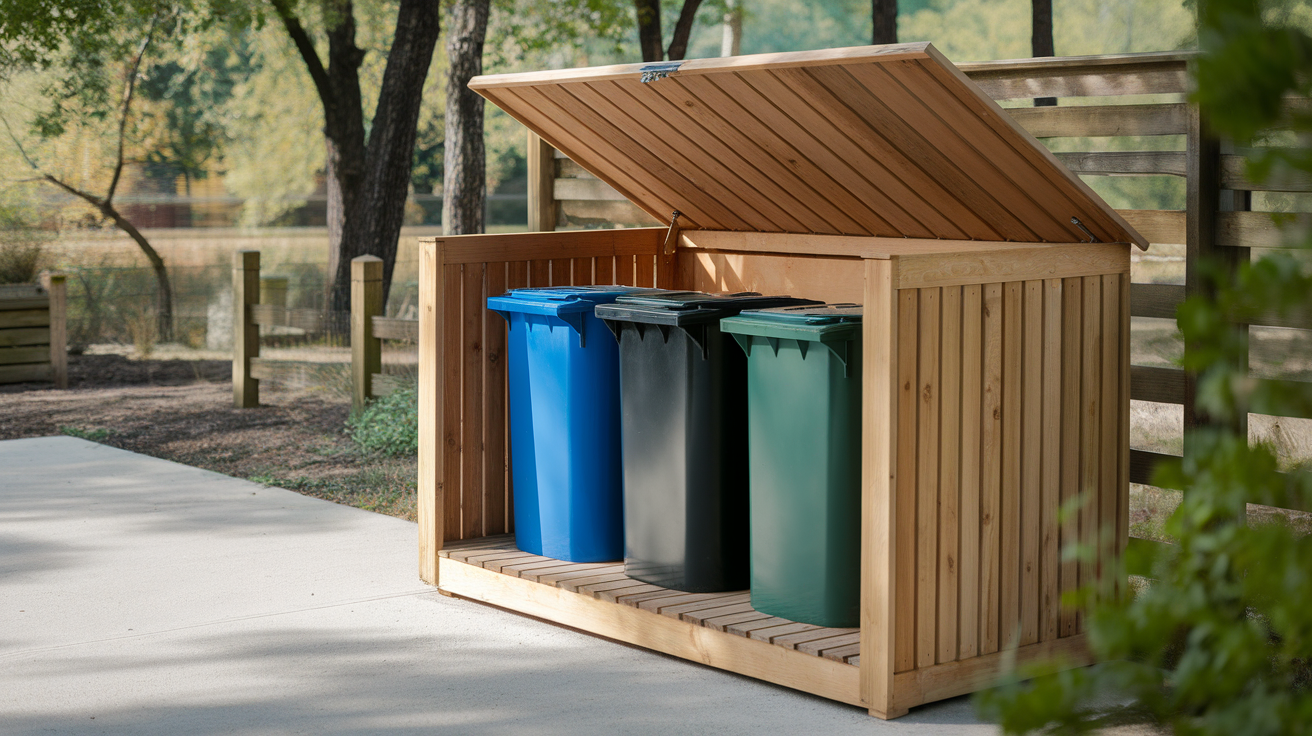
These are small outdoor sheds or boxes that hide your trash cans. You put your regular bins inside the enclosure to protect them.
Why They Work Well
- Help keep your yard or driveway looking clean and hide unsightly bins.
- Protect bins from wind, rain, and animals.
- Some include locks or latches for added safety and privacy.
What to Watch Out For
- It can take up a lot of space depending on the size.
- It may need to be built or assembled, which takes time or tools.
- An extra step is required to take trash in and out of the enclosure.
Best For: Homes with visible bin storage, families who want a clean look, or areas with wind or pests.
5. Bear-Resistant Containers
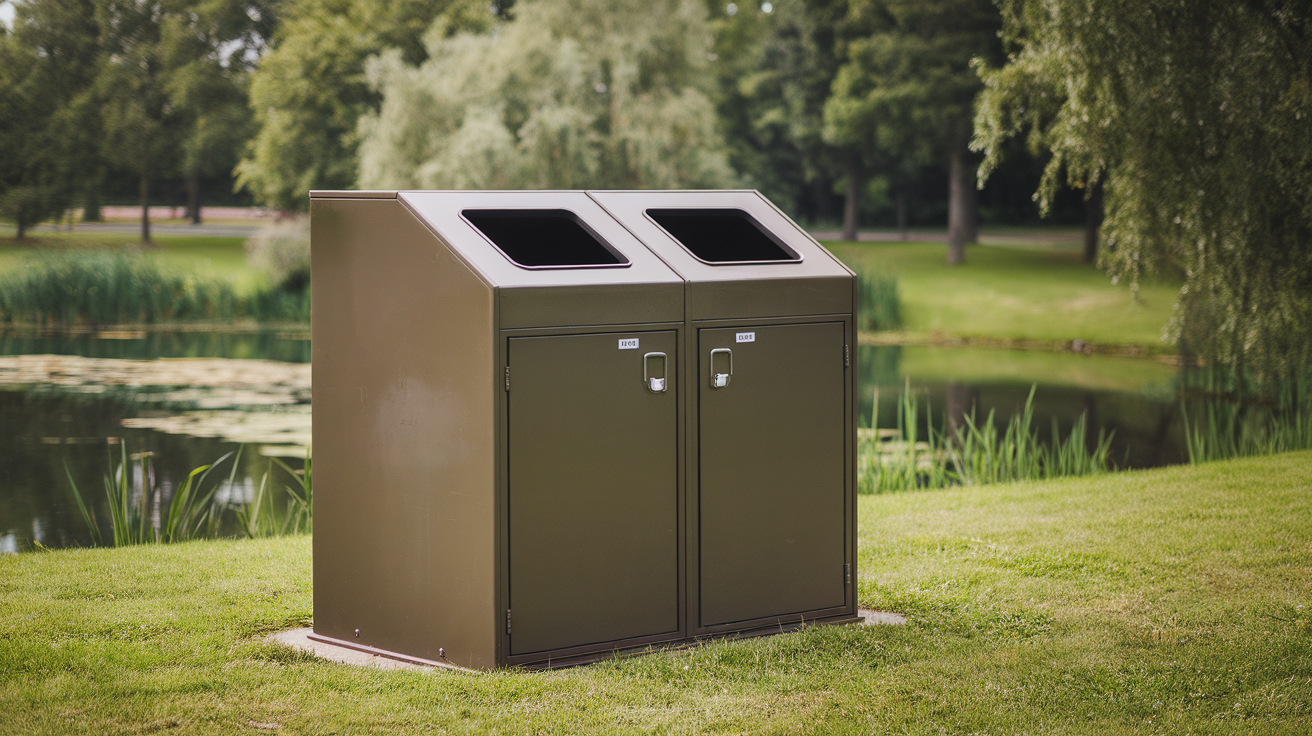
These containers are designed for places with large animals like bears or mountain lions. They use heavy-duty lids and locks.
Why They Work Well
- Tested and approved by wildlife control agencies.
- Locks and thick walls make it nearly impossible for animals to break in.
- Long-lasting and made to survive in tough outdoor conditions.
What to Watch Out For
- Heavier and harder to move, especially for kids or older adults.
- It may take extra effort to open and close the latches every time.
- Cost more than standard bins.
Best For: Homes near forests, lakes, or parks where bears or large animals are known to roam.
6. Compost Bins (for Organic Waste)

Compost bins aren’t for regular trash, but they’re great for kitchen scraps and yard waste. They help reduce garbage and feed your garden soil.
Why They Work Well
- An eco-friendly way to handle food waste and clippings.
- Keeps compost safe from animals with locking lids and solid walls.
- Reduces the need for more trash pickup.
What to Watch Out For
- Needs to be mixed or turned every few days for best results.
- It can smell bad if not managed properly.
- Not for diapers, meat, or plastic waste.
Best For: Gardeners, eco-conscious families, or anyone wanting to reduce food waste.
Container Comparison Table
| Type | Best For | Pros | Cons |
|---|---|---|---|
| Curbside Plastic Bin | Most homes | Easy to move, holds lots, weather-safe | Can tip, wheels may wear out |
| Metal Can | Windy or animal-heavy areas | Strong, pest-proof | Heavy, may rust, lid may need tie-down |
| Resin Bin | Style + function | Looks nice, can lock, fits multiple bags | Heavy, more expensive, not always accepted |
| Storage Box/Enclosure | Hiding bins and added security | Clean look, blocks animals and rain | Takes space, not cheap |
| Bear-Resistant Bin | Wildlife areas | Keeps out strong animals, very durable | Pricey, heavier locks may be tricky |
| Compost Bin | Garden and food waste | Eco-friendly, great for plants | Needs care, not for regular garbage |
Common Problems with the Wrong Trash Container
I used to think any bin would work fine outside. I didn’t care if it had a wobbly lid or cheap wheels. But after dealing with smells, bugs, and even a raccoon mess, I learned the hard way. Picking the wrong container can turn into a big headache.
Bad Smells That Linger
If your bin doesn’t seal well or has cracks, odors can escape fast. Trash smells, especially food waste, attract flies and other bugs.
And on hot days, the smell gets even worse. A loose lid or open bin lets those smells spread across your yard or driveway. That’s not fun for you or your neighbors.
Tip: A tight-fitting lid and a weekly rinse go a long way.
Animals and Pests Get In
Animals love trash. Raccoons, squirrels, stray cats, and even rats will dig through garbage if they can.
If your container is weak, has a loose lid, or is made of thin plastic, animals can tear through or push it over. I once had a squirrel chew through the side of a cheap bin just to get to leftover bread.
Tip: Choose a container with thick walls and a locking lid if animals are a problem.
Water Leaks Into the Bin
Rain or snow can quickly fill up a bin if the lid doesn’t close properly. That water mixes with trash and makes a stinky, soggy mess.
Wet trash is heavier to lift and can leak dirty water all over your driveway. If your bin has no drainage, it may even freeze in winter.
Tip: Use a bin with a domed lid or one that seals tight to keep water out.
It Blows Over in the Wind
Some bins are too light or poorly shaped. On windy days, they fall over or even roll down the street.
If the lid pops open, your trash could scatter across the yard. A neighbor once had to pick up their trash from three houses away after their bin blew over.
Tip: Look for bins with wide bases, heavy-duty lids, or ones you can anchor or store in a box.
Cracks and Breakage Over Time
Cheap bins often crack after a few months in the sun or after one drop when full. Cold weather makes plastic more likely to snap.
Once a bin is cracked, it’s no longer safe for outdoor use. It leaks, smells, and lets bugs or rain in.
Tip: Invest in a bin made from high-quality plastic or metal that can handle tough conditions.
Hard to Move or Carry
If your bin has no handles or weak wheels, moving it to the curb can be a real pain. You might have to drag it or risk it tipping over halfway there.
I once had to carry a full bin by the sides, let’s just say, it wasn’t a clean job.
Tip: Good handles and sturdy wheels make all the difference. Test how it rolls before buying.
Lids That Don’t Stay On
Some lids are too loose, and others don’t line up right with the top of the bin, letting in rain, bugs, and smells.
It also lets animals open the bin with little effort. You might find your bin open every morning, even if you closed it tight the night before.
Tip: Choose bins with attached, locking, or snap-fit lids that stay shut until you open them.
Can Trash Bins Be Eco-Friendly?
Yes! Some bins are made with recycled plastic, which helps reduce waste. I like choosing bins that can also be recycled when they wear out. That way, they don’t just end up in the dump.
If you want to be more eco-friendly, look for:
- Recycled plastic bins
- Bins are made to last, so you don’t need to replace them often
- Liners or bags made from compostable materials
Choosing a sturdy, earth-friendly container helps your home and the planet at the same time. Even small choices like this can make a difference.
City Rules for Outdoor Trash Containers
Some cities have rules about:
- What kind of bin to use
- Where to place bins
- When to put bins out
Check with your city or waste company. Some provide bins or sell approved ones.
Conclusion
Choosing the right container for outdoor trash storage can make everyday life easier. It keeps your yard clean, stops smells, and helps keep animals away.
I’ve learned that not all bins are the same. Some break too fast, don’t close right, or can’t handle the weather.
A good bin should be strong, easy to move, and the right size for your space and trash needs.
Think about what matters most to you. Do you need a big bin for a large family? Do you live in a windy area or near wild animals?
These things help you pick what works best. Look for strong lids, good wheels, and sturdy handles. Keep your bin clean and check it often to make sure it still works well.
It doesn’t have to be fancy. Just a solid bin that does the job right. A little care up front saves a lot of trouble later. Make trash day simple again

